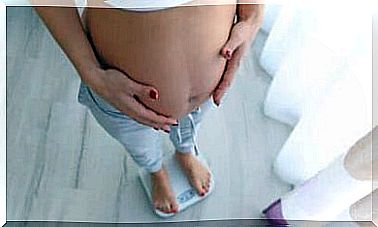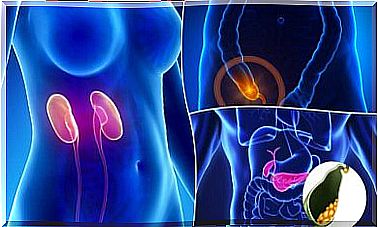What You Didn’t Told About Delayed Myalgia

Although delayed myalgia may appear after exercise, it should not be a reason to avoid strength training. Here we will explain what it is, why it hurts and how to avoid it.
What is deferred myalgia?
The deferred myalgia is what we usually call muscle pain after exercise. It is also known as:
- Pain the next day.
- Delayed muscle pain (DMT).
- DOMS, from its acronym in English.
These pains can appear 24 or 48 hours after an intense exercise session or after doing an exercise that we have never done before.

This pain is usually located in the muscles being worked and may be accompanied by a short-term decrease in strength and range of motion.
What is the cause?
Deferred myalgia may appear after exercise or any other type of physical activity outside the usual intensity range, such as:
- First day at the gym of a sedentary person.
- A very intense workout for an athlete.
- Load boxes on a shift.
Deferred myalgia and inflammation
In the past, it was believed that this type of pain was caused by inflammation resulting from the breakdown of muscle fibers after exercise. However, we now know that this is not the case, as:
- There may be pain without inflammation, especially after eccentric exercise, as indicated in this study published in The Journal of Physiological Sciences.
- There may also be inflammation without pain, as in another 2016 study in the journal Frontiers in Physiology.
Therefore, it appears that inflammation is not directly related to delayed myalgia pain. The current hypothesis is that this type of inflammation is a reaction of the immune system to an unknown stimulus (new movement or increased exercise intensity).
We will have to wait for this topic to be studied a little further to draw more precise conclusions.
Delayed myalgia is a result of lactic acid, right?
No. Lactic acid does not cause delayed or delayed myalgia. This was verified in a study published in 1983, where the concentration of lactic acid in the blood was evaluated in two types of runners:
- Some who ran 45 minutes on an uninclined treadmill. And they had a significant increase in lactic acid but not delayed muscle pain (DOMS).
- Others who ran the same time, but on a -10% steep treadmill, for a similar descent. And they had no increase in lactic acid, but significant delayed myalgia.
This little experiment showed that there is no relationship between lactic acid and delayed myalgia. So why do they cause pain?

The usual hateful answer: we don’t know for sure. One of the problems in defining the cause is that sometimes delayed myalgia can spread to muscles that were not exercised.
What is clear is that:
- Eccentric movements are more likely to cause delayed muscle pain than concentric movements.
- Genetics probably play an important role, as there are things that vary from person to person, such as pain sensitivity.
- Delayed myalgias can get worse due to factors such as dehydration, poor diet, lack of sleep, too much massage, or fear of pain.
Can I prevent her?
You can’t prevent delayed muscle pain from appearing, but you can reduce your chance of getting it. And if delayed myalgia does appear, it will be much easier to manage if you follow these tips:
- Take it easy. Gradually increase the intensity of the exercise you do at the gym. You won’t reach the goal any faster if you push your body, quite the opposite.
- The general recommendation is to increase reps, sets or weight no more than 10% per week.
- Warm up properly and, if you’ve had good results before, stretch after exercise.
- Focus on having good habits, taking care of your diet, sleeping well, and drinking plenty of water.









